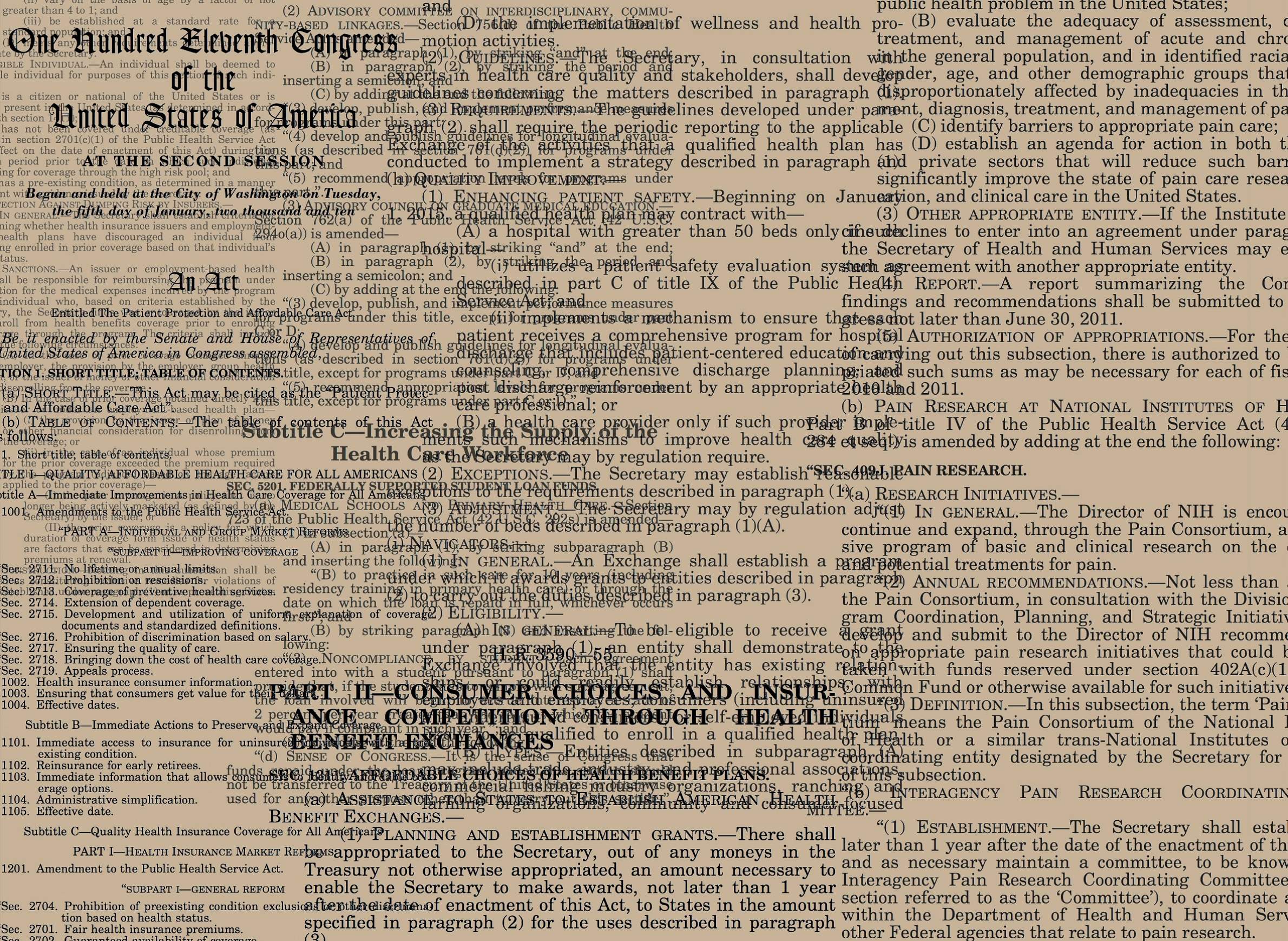
Future Of ACA Uncertain, But Coverage Intact For 2017

The 2016 presidential election brings new leadership to Washington, D.C., and, with it, many questions about the future of health insurance, the Affordable Care Act and Medicaid.
All insurance options remain available to consumers for calendar year 2017. The federal Health Insurance Marketplace (available at HealthCare.gov), also known as "ObamaCare," has the same plans available announced in November, and the premium subsidies continue to be available for 2017 health insurance policies. The open enrollment period started Nov. 1 and goes through Jan. 31. So far enrollment in Marketplace plans has been quite active, including a spike in sign-ups the day after the election.
Consumers should continue to look for coverage during the current open enrollment period. Those with existing policies should renew their coverage by Dec. 15 in order to have coverage that starts on Jan. 1, 2017.
Much discussion by President-elect Trump and Republican leadership in Congress took place during the campaign about repealing the ACA and enacting new health insurance-related legislation. Political movement will occur over the coming months and beyond to develop new health care policies, and the federal government may put some changes into motion. However, even existing legislation to roll-back the ACA, which President Obama vetoed, allowed for a two-year transition period and would not eliminate coverage or financial assistance for existing insurance options in the near term.
Covering Wisconsin, a navigator entity that connects the state's residents with health insurance options, works to ensure that consumers can engage with programs that support health, as they exist today and in whatever form those programs take going forward.
While many are concerned by the increase in health plan premiums costs, about 85 percent of consumers who purchase plans through the Marketplace qualify for federal financial assistance to purchase their health plans. The Health Insurance Marketplace will continue to provide premium subsidies for the 2017 calendar year, in the form of tax credits, which offset the effect of premium hikes on the consumer.
Even if Marketplace users plan to keep their current coverage, they should go online or meet with an assister because they may qualify for more financial assistance or find other plan options that better meet their health needs. Most Wisconsin counties have three or more insurance carriers in the Marketplace offering multiple health plans to choose from during the current open enrollment period. Consumers always benefit from shopping around to find the best plans that meet their needs, in terms of price, benefit package and provider network.
Consumers can get assistance through Covering Wisconsin by finding local help and booking a time to meet with a local enrollment assister. Or, consumers may call 2-1-1, where a representative can make an appointment with an enrollment assister. Consumers may also wish to get assistance via HealthCare.gov directly.
Donna Friedsam oversees Covering Wisconsin, a program affiliated with the University of Wisconsin-Extension that connects Wisconsin residents with appropriate insurance coverage and other programs that support health, and promotes effective use of these resources. She is also health policy programs director at the UW Population Health Institute.


